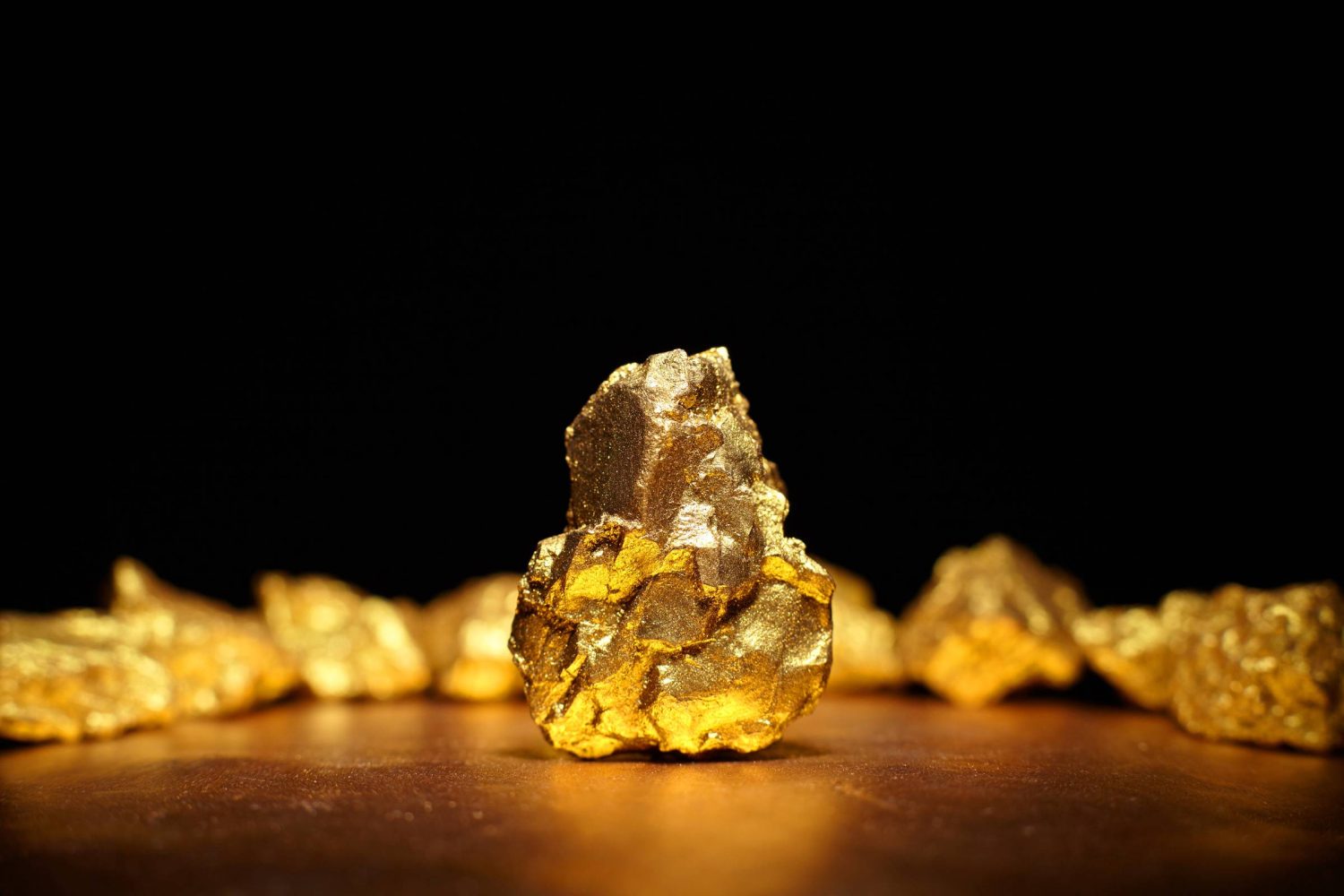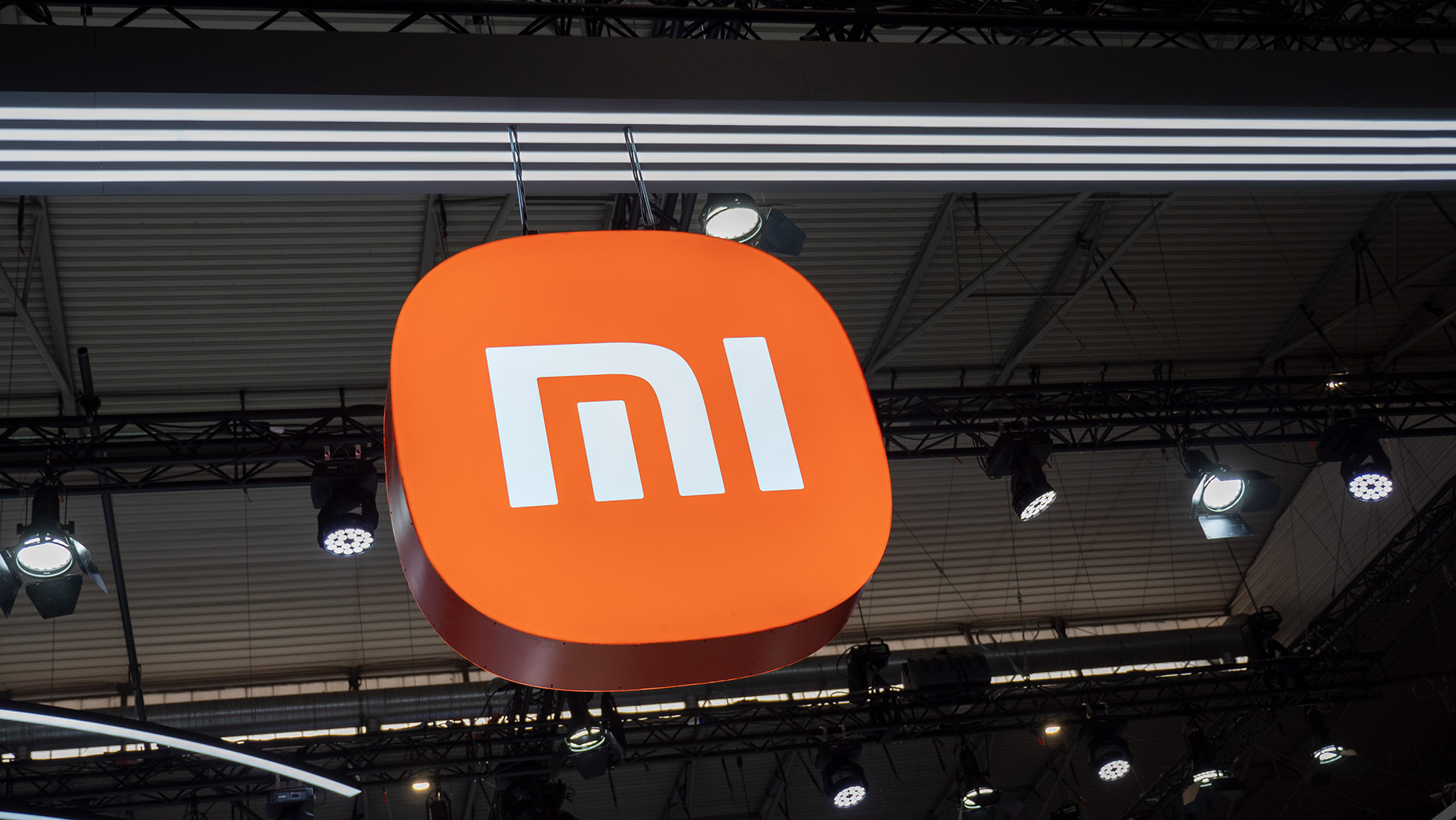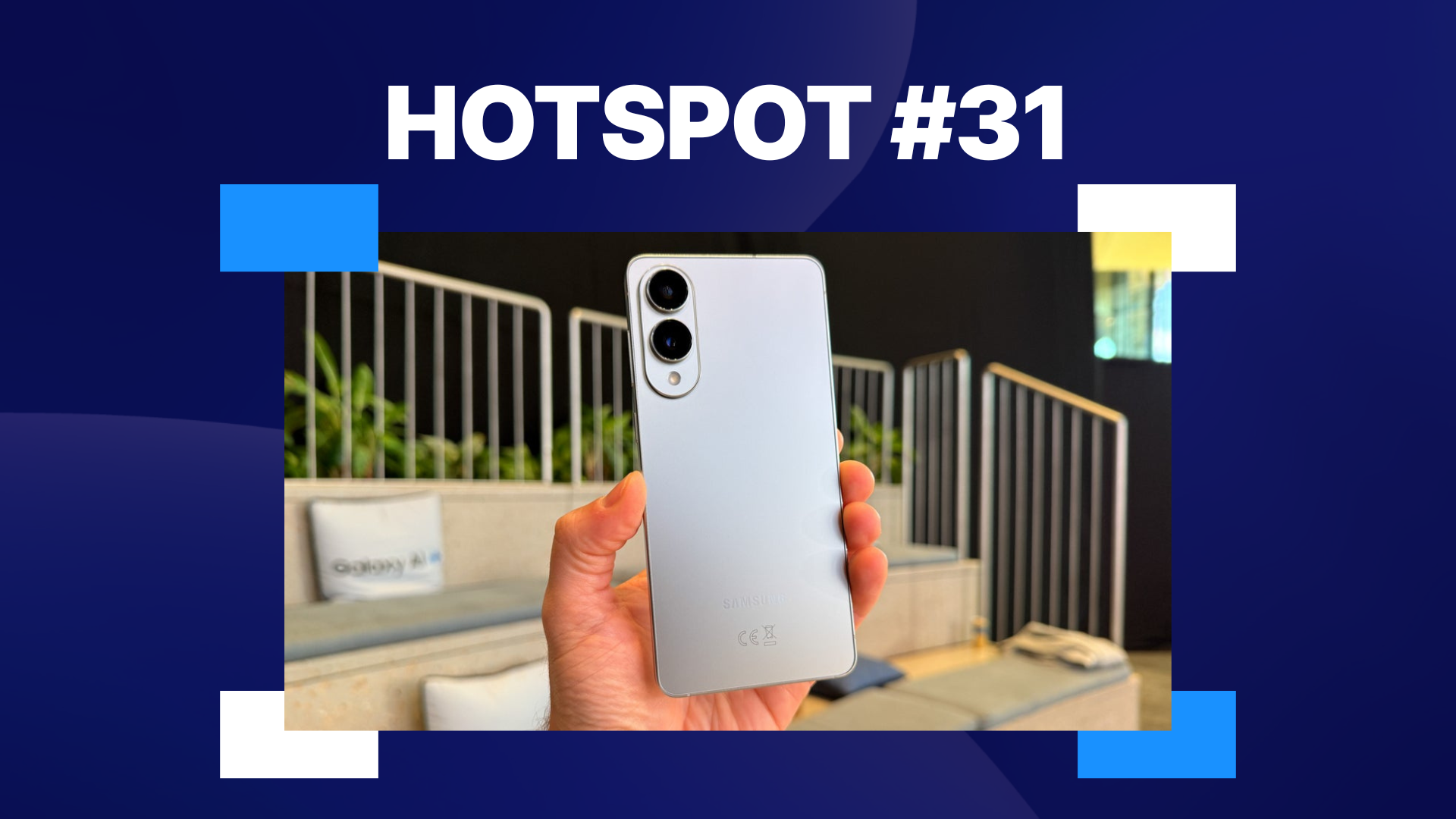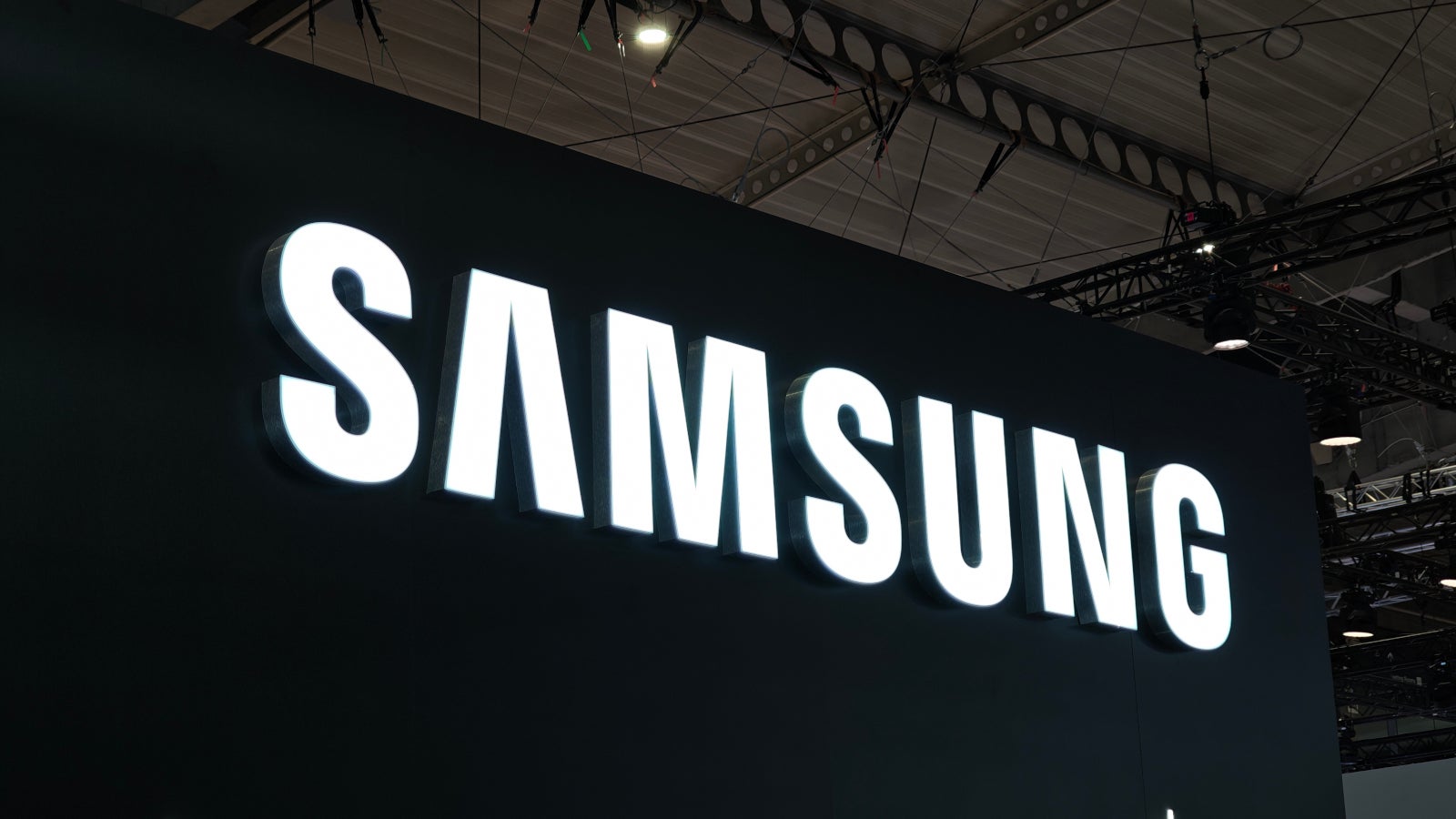New Bismuth Transistor Runs 40% Faster and Uses 10% Less Power
Recently in material science news from China we hear that [Hailin Peng] and his team at Peking University just made the world’s fastest transistor and it’s not made of silicon. …read more


Recently in material science news from China we hear that [Hailin Peng] and his team at Peking University just made the world’s fastest transistor and it’s not made of silicon. Before we tell you about this transistor made from bismuth here’s a whirlwind tour of the history of the transistor.
The Bipolar Junction Transistor (BJT, such as NPN and PNP) was invented by Bell Labs in 1947. Later came Transistor-Transistor Logic (TTL) made with BJTs. The problem with TTL was too much power consumption.
Enter the energy-efficient Field-Effect Transistor (FET). The FET is better suited to processing information as it is voltage-controlled, unlike the BJT which is current-controlled. Advantages of FETs include high input impedance, low power consumption, fast switching speed, being well suited to Very-Large-Scale Integration (VLSI), etc.
The cornerstone of Complementary Metal-Oxide-Semiconductor (CMOS) technology which came to replace TTL was a type of FET known as the Metal-Oxide-Semiconductor Field-Effect Transistor (MOSFET). The type of MOSFET most commonly used in CMOS integrated circuits is the Enhancement-mode MOSFET which is normally off and needs gate voltage to conduct.
A transistor’s technology generation is given with the “process node”, in nanometers (nm). This used to mean the size of the smallest feature that could be fabricated, but these days it’s just a marketing term (smaller is “better”). Planar CMOS MOSFETs were initially dominant (through ~28nm), then came SOI MOSFETs (28nm to 16nm), then FinFETs (16nm to 5nm), and now finally Gate-All-Around FETs (GAAFETs, 3nm and beyond).
All of that in order to say that this new transistor from [Hailin Peng] and his team is a GAAFET. It’s made from bismuth oxyselenide (Bi₂O₂Se) for the channel, and bismuth selenite oxide (Bi₂SeO₅) as the gate material. See the article for further details.
Keep in mind that at this point in time we only have a prototype from a lab and the gory details about how to mass-produce these things, assuming that’s even possible, haven’t yet been worked out. We have previously discussed the difficulty of manufacturing state-of-the-art transistors. If you’re interested in bismuth be sure to check out how to use bismuth for desoldering.








![Epic Games: Fortnite is offline for Apple devices worldwide after app store rejection [updated]](https://helios-i.mashable.com/imagery/articles/00T6DmFkLaAeJiMZlCJ7eUs/hero-image.fill.size_1200x675.v1747407583.jpg)































































































































































![[The AI Show Episode 146]: Rise of “AI-First” Companies, AI Job Disruption, GPT-4o Update Gets Rolled Back, How Big Consulting Firms Use AI, and Meta AI App](https://www.marketingaiinstitute.com/hubfs/ep%20146%20cover.png)


















































































































































































































































.png?width=1920&height=1920&fit=bounds&quality=70&format=jpg&auto=webp#)























![[Virtual Event] Strategic Security for the Modern Enterprise](https://eu-images.contentstack.com/v3/assets/blt6d90778a997de1cd/blt55e4e7e277520090/653a745a0e92cc040a3e9d7e/Dark_Reading_Logo_VirtualEvent_4C.png?width=1280&auto=webp&quality=80&disable=upscale#)










































































-xl-(1)-xl-xl.jpg)










![How to upgrade the M4 Mac mini SSD and save hundreds [Video]](https://i0.wp.com/9to5mac.com/wp-content/uploads/sites/6/2025/05/M4-Mac-mini-SSD-Upgrade-Tutorial-2TB.jpg?resize=1200%2C628&quality=82&strip=all&ssl=1)
![‘Apple in China’ book argues that the iPhone could be killed overnight [Updated]](https://i0.wp.com/9to5mac.com/wp-content/uploads/sites/6/2025/05/Apple-in-China-review.jpg?resize=1200%2C628&quality=82&strip=all&ssl=1)




![What’s new in Android’s May 2025 Google System Updates [U: 5/16]](https://i0.wp.com/9to5google.com/wp-content/uploads/sites/4/2025/01/google-play-services-1.jpg?resize=1200%2C628&quality=82&strip=all&ssl=1)












![iPhone 17 Air Could Get a Boost From TDK's New Silicon Battery Tech [Report]](https://www.iclarified.com/images/news/97344/97344/97344-640.jpg)
![Vision Pro Owners Say They Regret $3,500 Purchase [WSJ]](https://www.iclarified.com/images/news/97347/97347/97347-640.jpg)
![Apple Showcases 'Magnifier on Mac' and 'Music Haptics' Accessibility Features [Video]](https://www.iclarified.com/images/news/97343/97343/97343-640.jpg)
![Sony WH-1000XM6 Unveiled With Smarter Noise Canceling and Studio-Tuned Sound [Video]](https://www.iclarified.com/images/news/97341/97341/97341-640.jpg)










































![Apple Stops Signing iPadOS 17.7.7 After Reports of App Login Issues [Updated]](https://images.macrumors.com/t/DoYicdwGvOHw-VKkuNvoxYs3pfo=/1920x/article-new/2023/06/ipados-17.jpg)




























